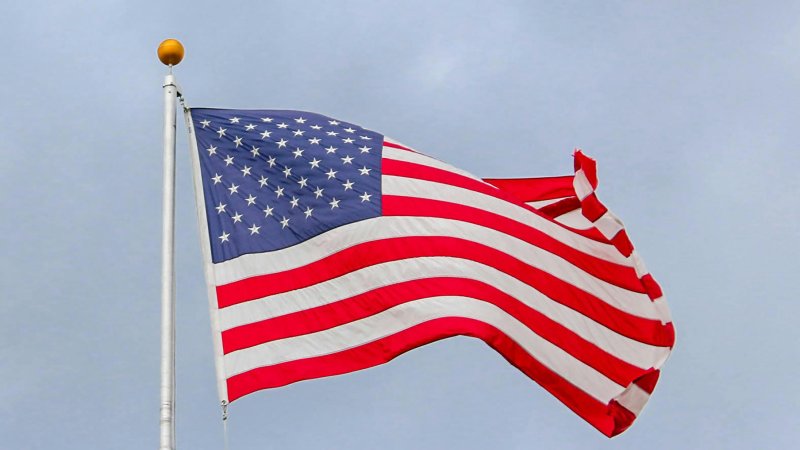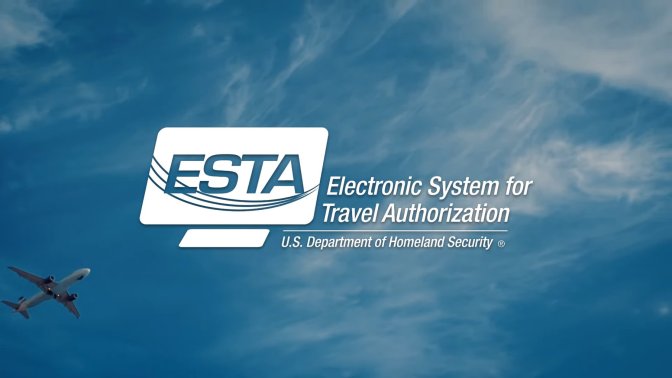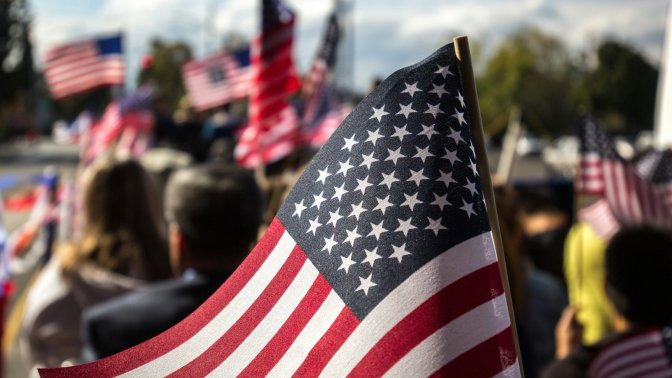When a US visa or immigration petition is denied, it can feel like the end of the road. However, depending on the type of visa and reason for refusal, you may have several ways to challenge or correct the decision. This US visa guide explains the appeal process, when appeals are possible, how they work, and what to do if your case cannot be appealed.
What is US visa appeal process?
The US visa appeal process allows certain applicants to request a formal review of a denial by a higher authority. Appeals are handled differently depending on whether the decision came from the US Citizenship and Immigration Services (USCIS) or a US embassy or consulate abroad.
The goal of an appeal is to show that the original decision was legally or factually incorrect. This process typically involves filing specific forms, providing new evidence, and meeting strict deadlines.

When can you appeal a visa denial?
Not all visa denials can be appealed. The type of visa matters greatly.
Visa type | Typical reason for denial | Can you appeal? | Available options | Key details & Deadlines |
Nonimmigrant Visas (Tourist, Student, Work) | Denied under Section 214(b) – insufficient ties to home country or failure to prove eligibility. | No formal appeal allowed | Reapply when circumstances change or stronger evidence is available. | Each new application is reviewed independently. You must show significant changes since the last denial. |
Nonimmigrant Visas (Administrative Processing) | Refused under Section 221(g) – missing documents or pending background checks. | Not an appeal, but case remains open | Submit requested documents or wait for administrative processing to finish. | The case can be reconsidered once the required evidence is provided. No need to file a new application. |
Immigrant Visas / USCIS Petitions (e.g., Family- or Employment-Based) | Denial of Form I-130, I-140, or other immigrant petitions by USCIS. | Yes, appeal possible | File Form I-290B (Notice of Appeal or Motion) to the AAO or BIA. | Must file within 30 days of the decision (33 days if mailed). A filing fee applies. The appeal may be approved, dismissed, or sent back (remanded) for review. |
Immigrant Petition Appeal Denied | Appeal dismissed by AAO or BIA. | Limited further review | File a motion to reopen or reconsider, or seek federal court review in specific cases. | Motions must show new facts or legal errors. Federal review is rare and typically requires legal representation. |
Typical appeal timelines:
30 days to file after a decision (or 33 days if the decision was mailed)
A filing fee applies
The AAO or BIA reviews the record and may approve, dismiss, or remand the case for further consideration
If the appeal is denied, you may file a motion to reopen or reconsider, or seek review in federal court under limited conditions.
What to do after a consular visa denial?
If your visa was refused by a US embassy or consulate, the situation is more complex. In most cases, there is no formal appeal process for consular denials. These decisions fall under the doctrine of “consular nonreviewability,” which means they are not typically subject to judicial or administrative review.
However, there are still a few possible actions:
Administrative processing (221g): Submit requested documents or wait for further investigation.
Reapplication: Correct the issues that led to the denial and reapply with stronger evidence.
Waiver of inadmissibility: If you were denied for reasons such as past immigration violations or certain criminal grounds, you may apply for a Form I-601 waiver to overcome those issues.
Request for review: In rare situations, you can request the consular post to reconsider, though this is not guaranteed.

Filing an appeal with USCIS in 5 steps
If your denial came from USCIS (not a consulate), here’s how the US visa appeal process works:
Check the denial notice: It states if your case can be appealed and where to file.
Submit form I-290B: File within 30 days (33 if mailed).
Include evidence: Add new information or point out errors.
USCIS review: The original office may reopen the case.
AAO or BIA review: If not reopened, it goes to the appellate body for a decision.
Result: The appeal may be approved, denied, or sent back for review.
The US visa appeal process can be complex, with different rules for USCIS petitions and consular visa refusals. While some denials cannot be appealed, many applicants have viable options through motions, waivers, or reapplication. Acting promptly, presenting strong evidence, and understanding which path applies to your situation are key to improving your chances of success.








